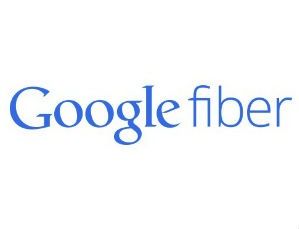Google Fiber: We Don’t Do Paid Peering

Adding another layer to the ongoing debate on paid interconnection deals between major ISPs and online video providers, Google Fiber said it doesn't pursue such agreements.
Taking aim at ISPs such as Comcast and Verizon, which have forged paid interconnection deals with Netflix and other online content providers, Google Fiber allows such services to colocate their equipment in its fiber facilities, Jeffrey Burgan, director of network engineering, said in this blog post explaining the ISP’s policy.
Google Fiber, like Cablevision Systems, Virgin Media, RCN and Suddenlink Communications, is a member of OpenConnect, a private content delivery network operated by Netflix that relies on freely supplied edge cache devices. Netflix has been vocal about its preference for OpenConnect, and has urged the FCC to include paid interconnection into the discussion as the Commission pursues new network neutrality rules.
“We give companies like Netflix and Akamai free access to space and power in our facilities and they provide their own content servers. We don’t make money from peering or colocation,” Burgan wrote.
He also reasoned that that placing those servers closer to subscribers saves transport costs and enables Google Fiber to deliver higher-quality video via broadband, pointing out that it provides a prime conduit for Netflix’s library of content encoded in 1080p and its emerging, but still small lineup of 4K fare.
ISPs that have avoided this scenario argue privately that providing free colocation involves real costs and is a slippery slope, because it would then force them to do the same for other OTT providers. Some ISPs, such as Mediacom Communications, have taken a different tack by using “transparent” caches from vendors like Qwilt that manage bandwidth without requiring single-purpose caches from Netflix and others.
Google Fiber currently operates in pockets of Kansas City and in Provo, Utah, with plans to start connecting homes in Austin, Texas, by mid-2014. It is also exploring a 34-market expansion.
Multichannel Newsletter
The smarter way to stay on top of the multichannel video marketplace. Sign up below.
